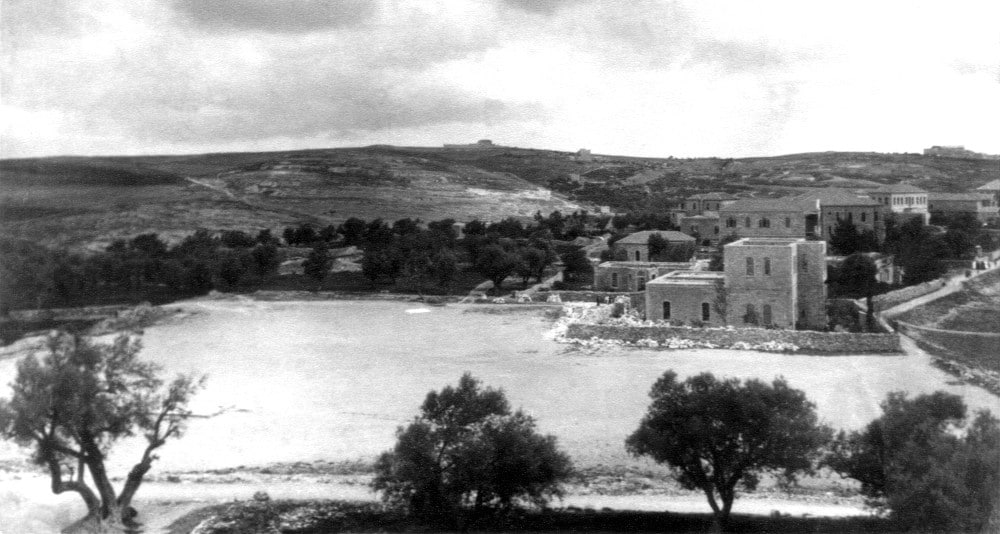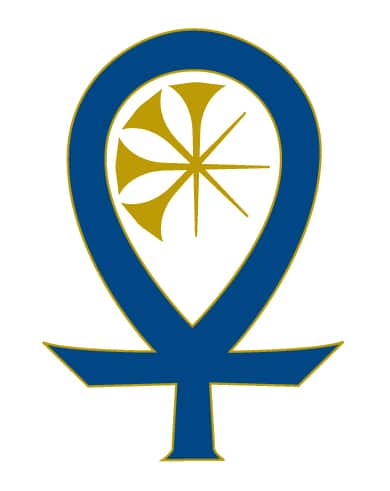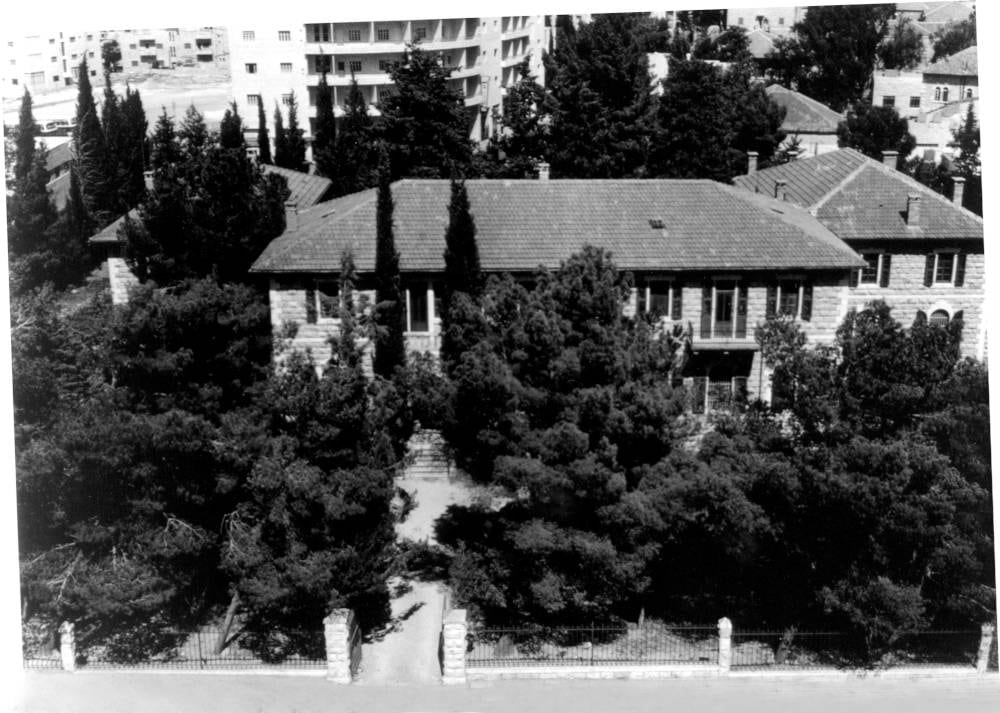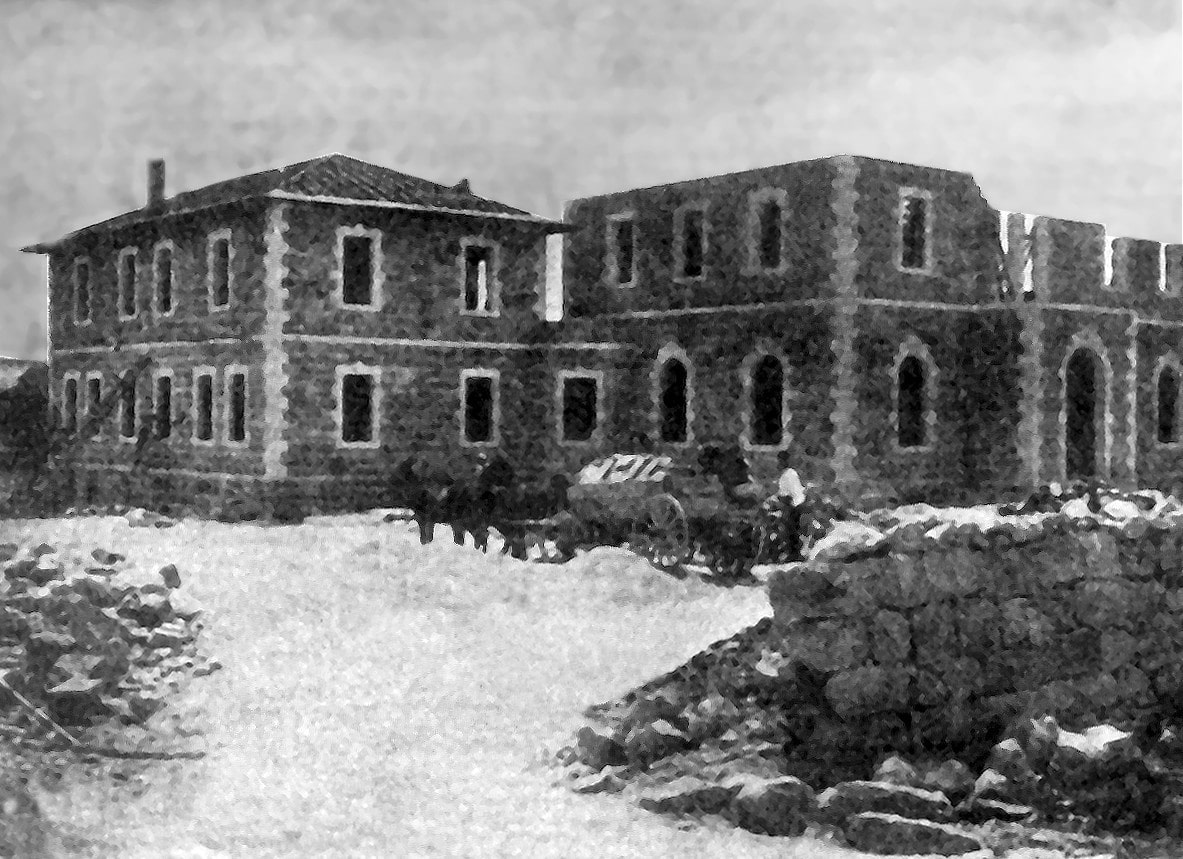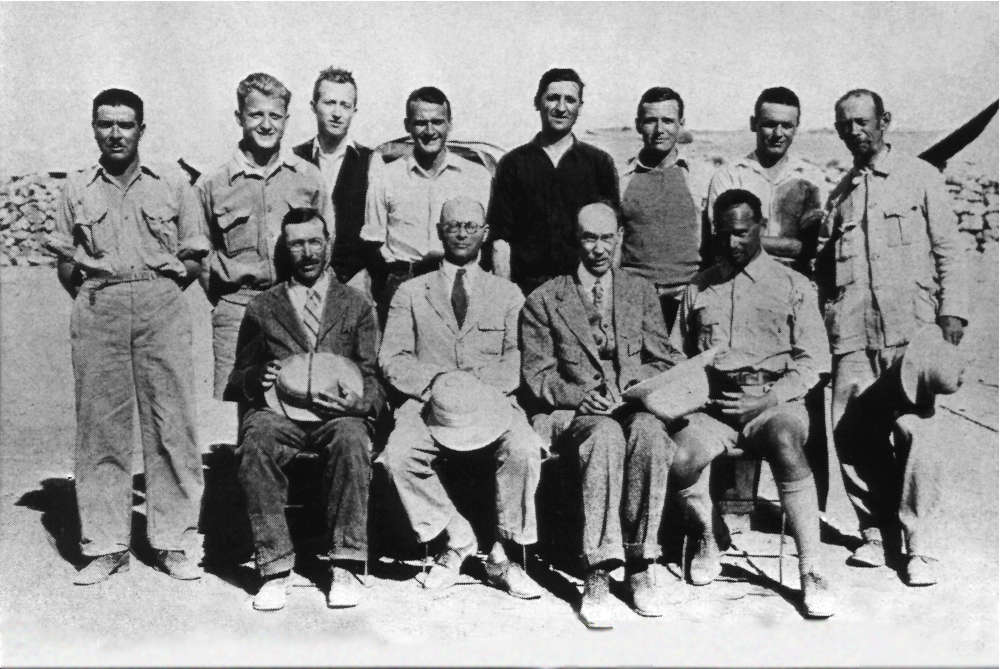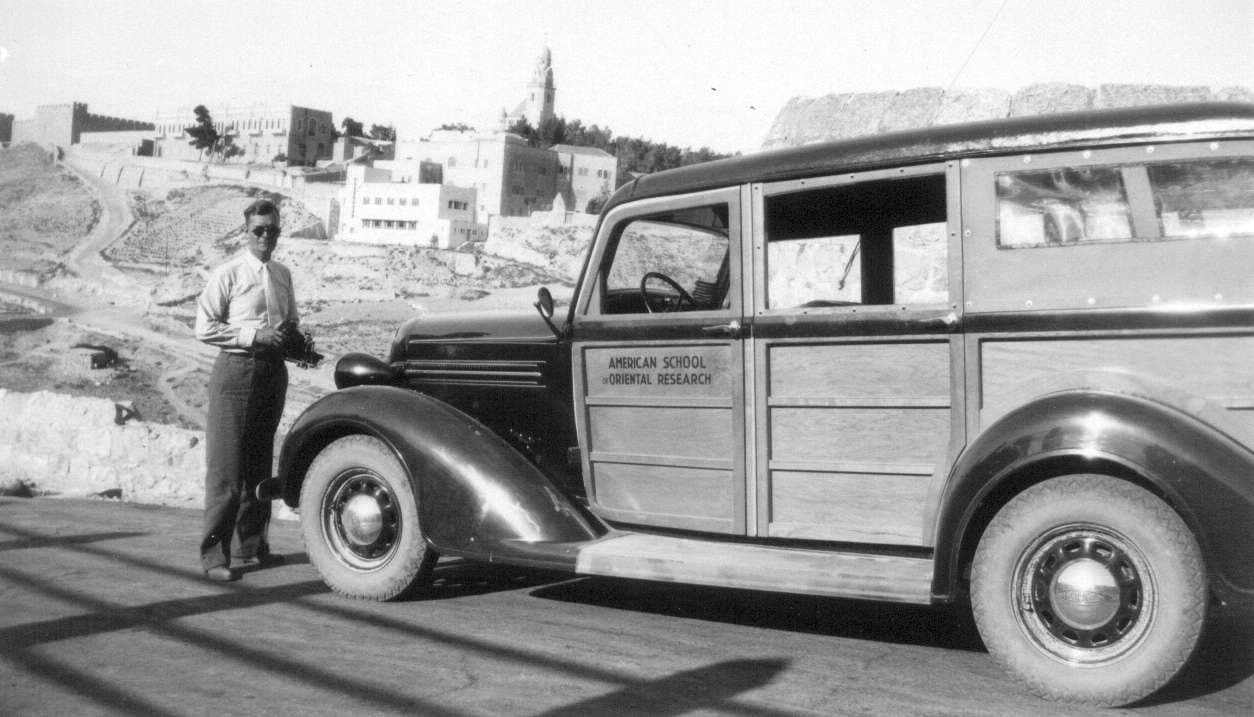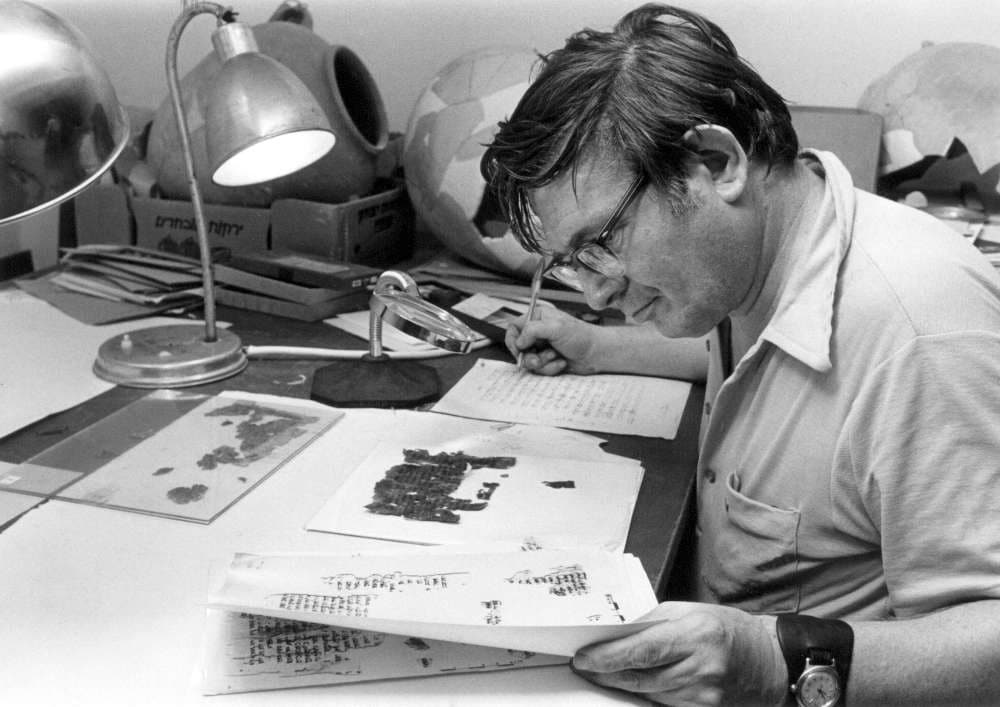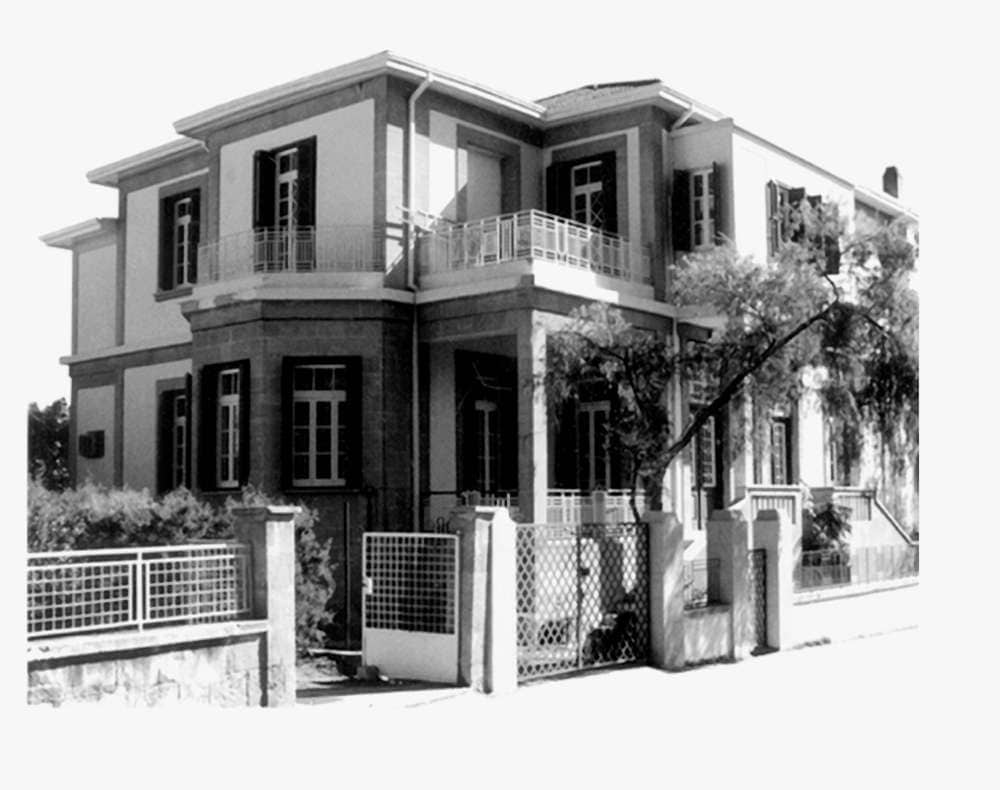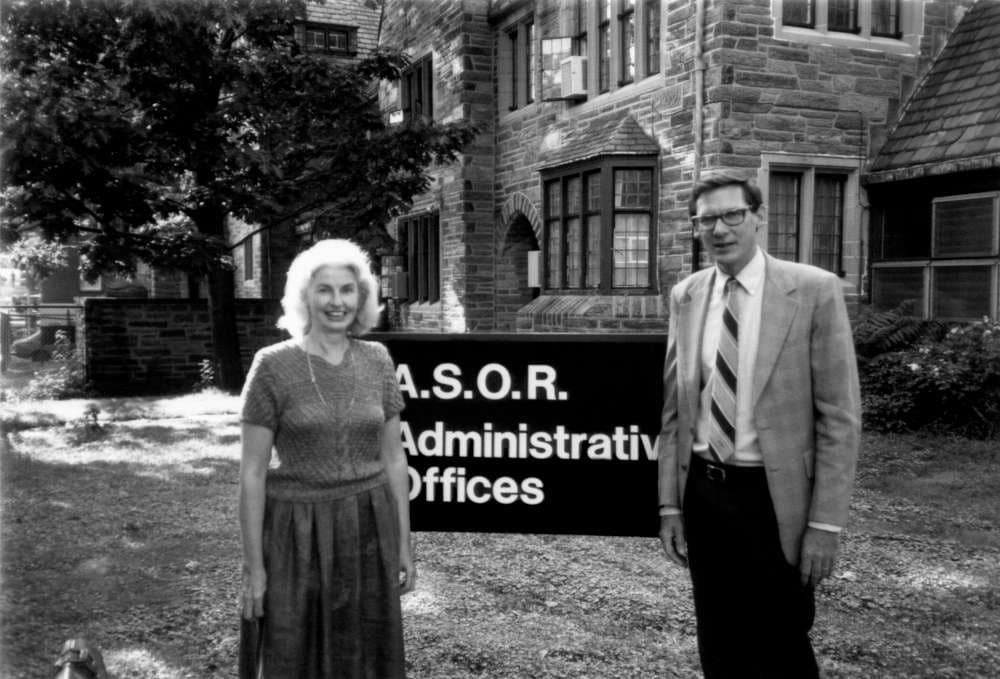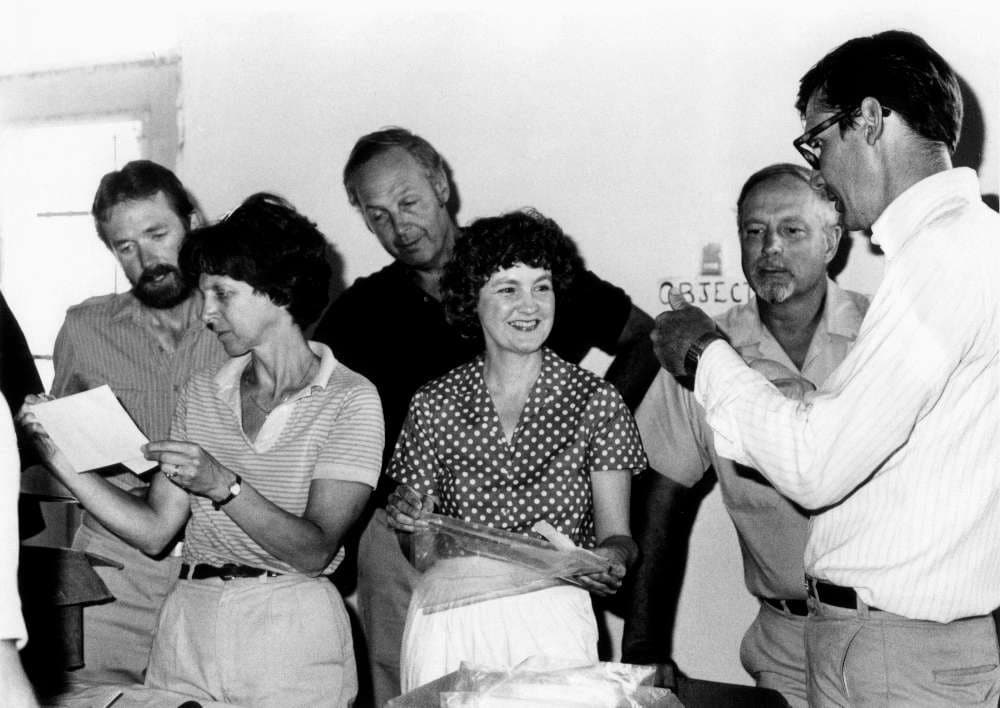ASOR has three affiliated overseas research centers, 92 member institutions, and more than 1,500 individual members. We communicate news of the latest research findings through our journals, books, lectures, and annual meeting. We award dozens of fellowships for fieldwork in the eastern Mediterranean each year. Today, we continue to build on more than a century of work and follow our historic mission of promoting scholarship on and understanding of the eastern Mediterranean and Near East. ASOR is a scholar-directed, non-profit society including individual members and a consortium of institutions dedicated to Near Eastern archaeology. ASOR continues to be a dynamic group of professionals with an unparalleled record of success in reawakening the Middle East’s past, making unearthed antiquities speak eloquently.
ASOR’S MISSION STATEMENT
Founded in 1900, ASOR is a non-profit 501©3 organization dedicated to the archaeology of the Near East. ASOR’s mission is to initiate, encourage, and support research into, and public understanding of, the peoples and cultures of the Near East from the earliest times.
By fostering original research, archaeological excavations, and exploration.
By encouraging scholarship in the basic languages, cultural histories, and traditions of the Near Eastern world.
By promoting the educational goals of Near Eastern studies disciplines and advocating high academic standards in teaching and interdisciplinary research.
By maintaining an active program of timely dissemination of research results and conclusions.
And by offering educational opportunities in Near Eastern history and archaeology to undergraduates and graduates in North American colleges and universities, and through outreach activities to the general public


